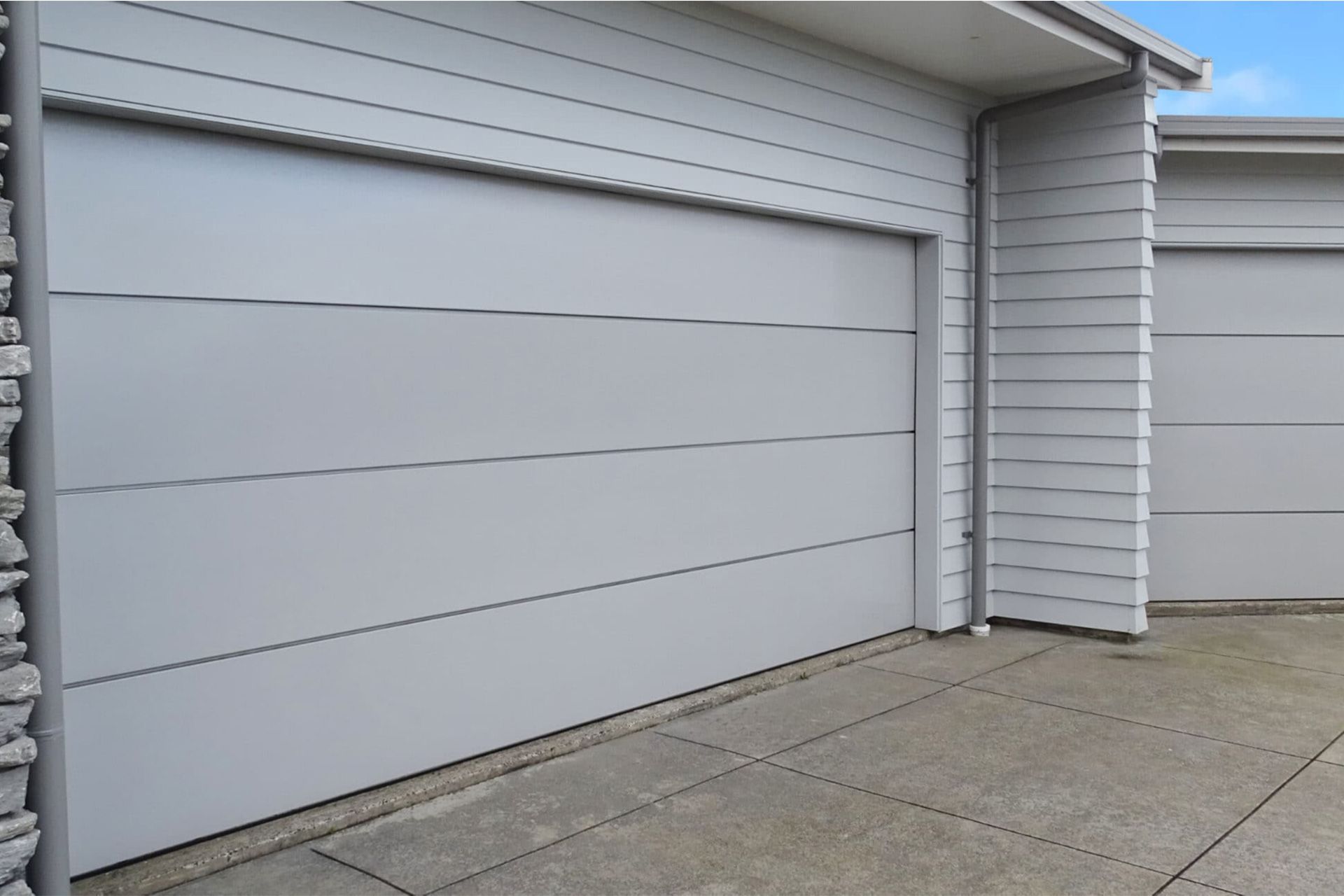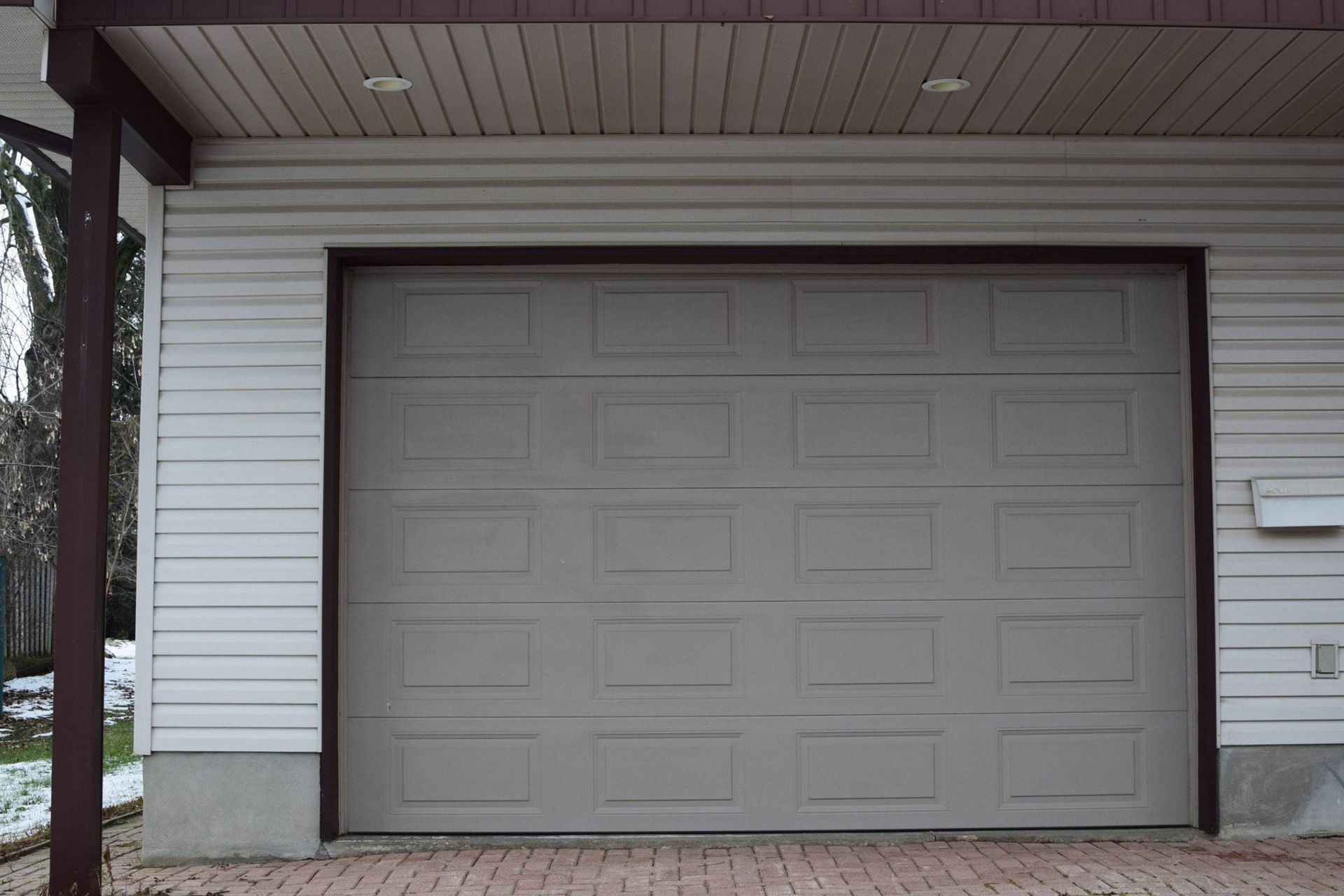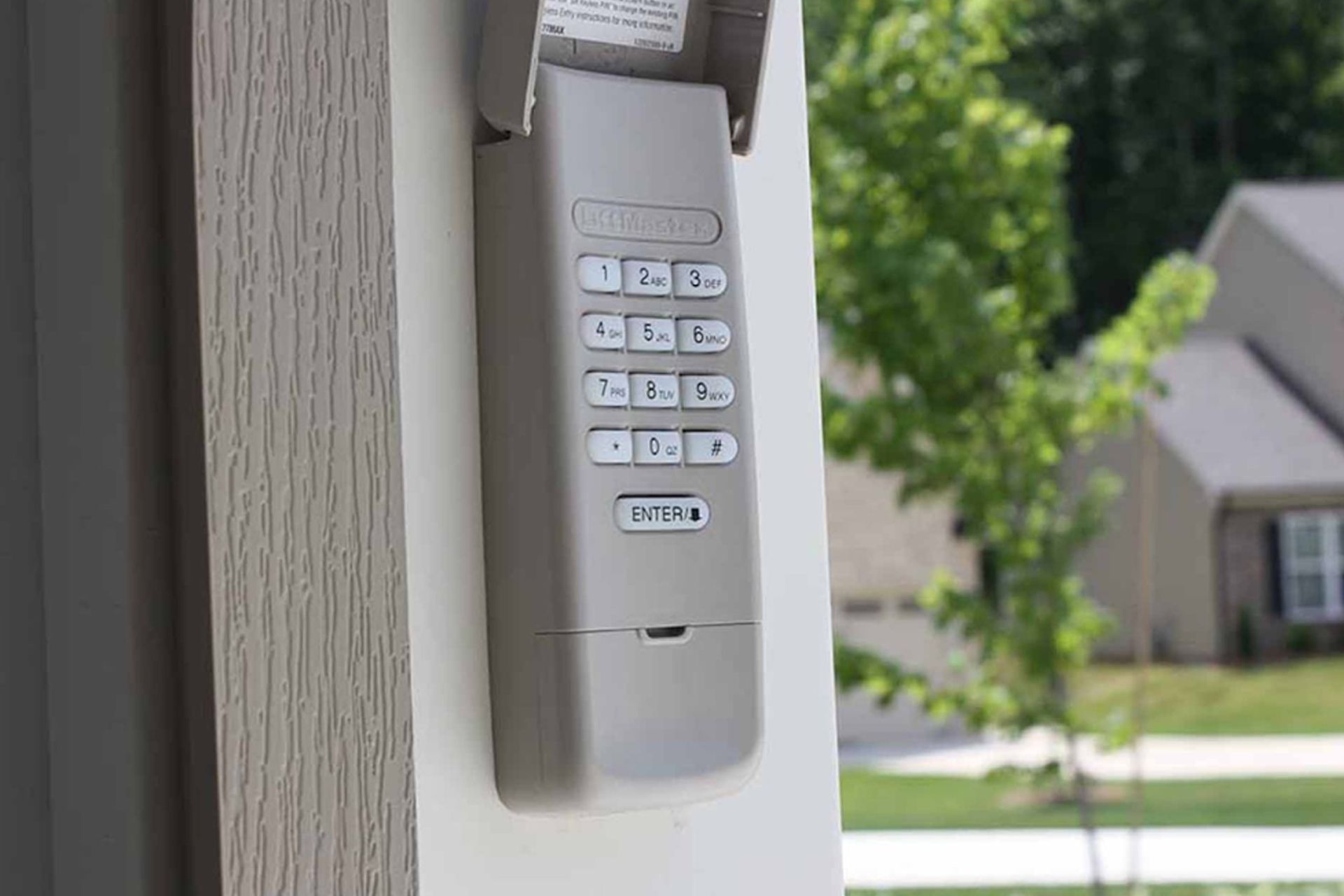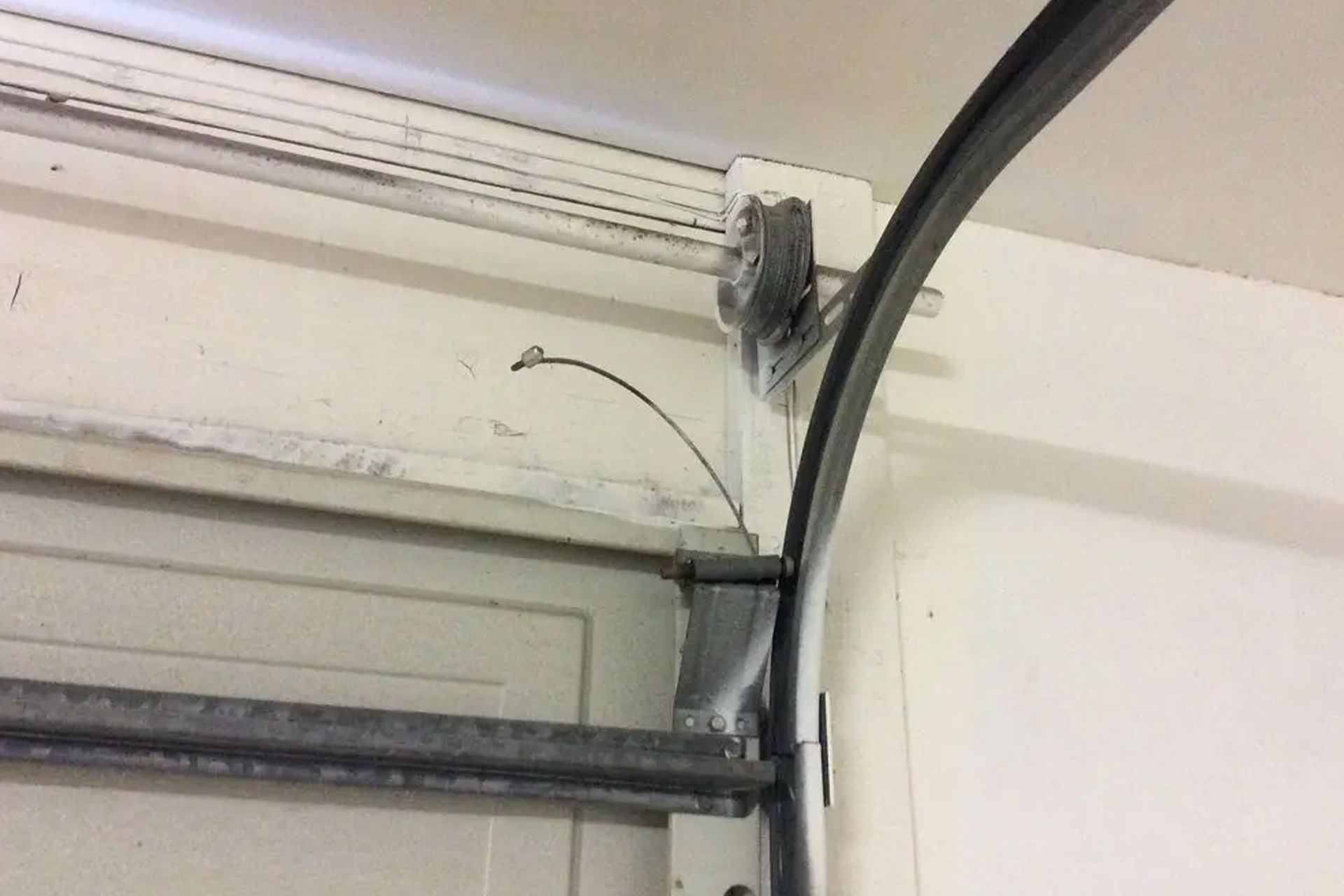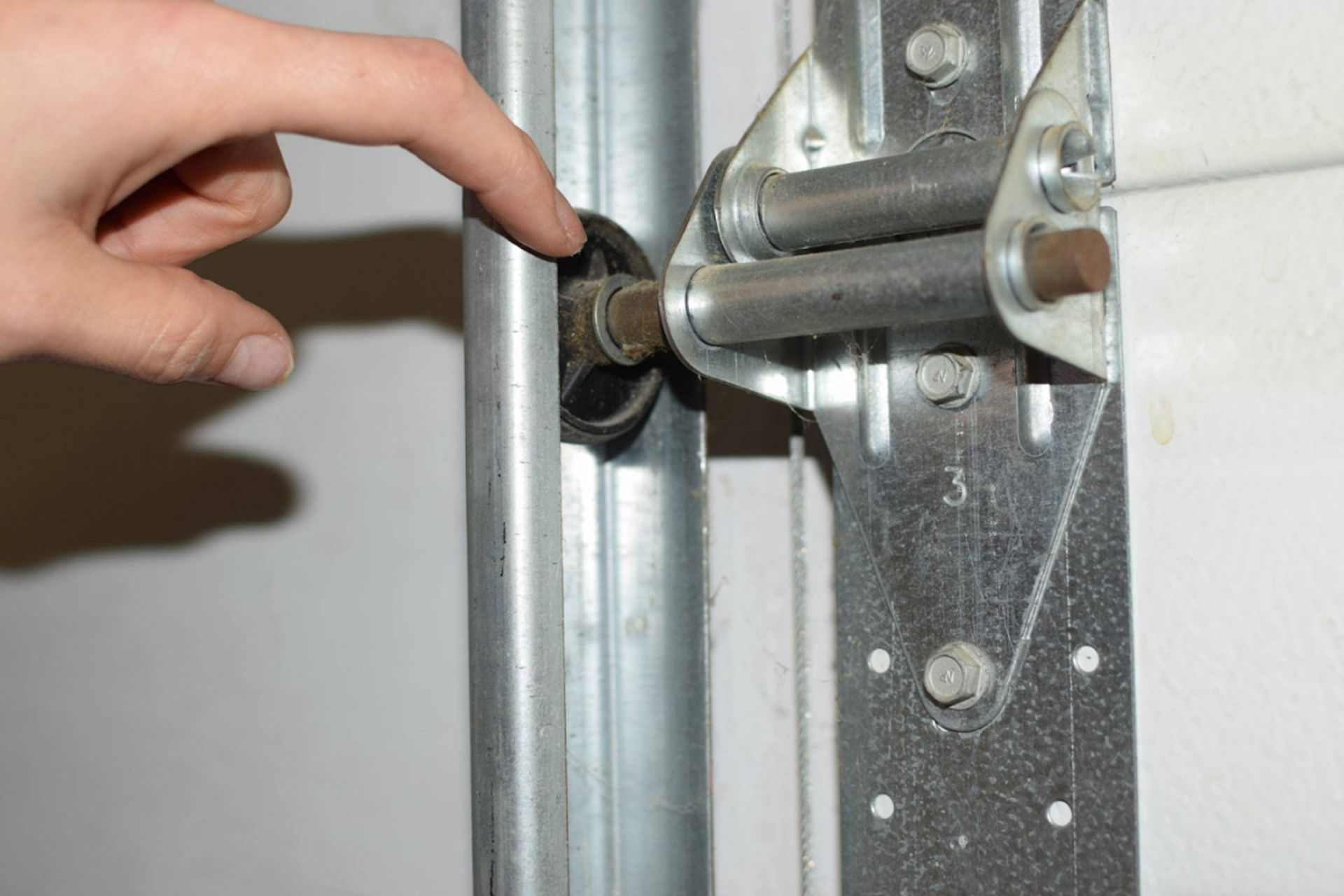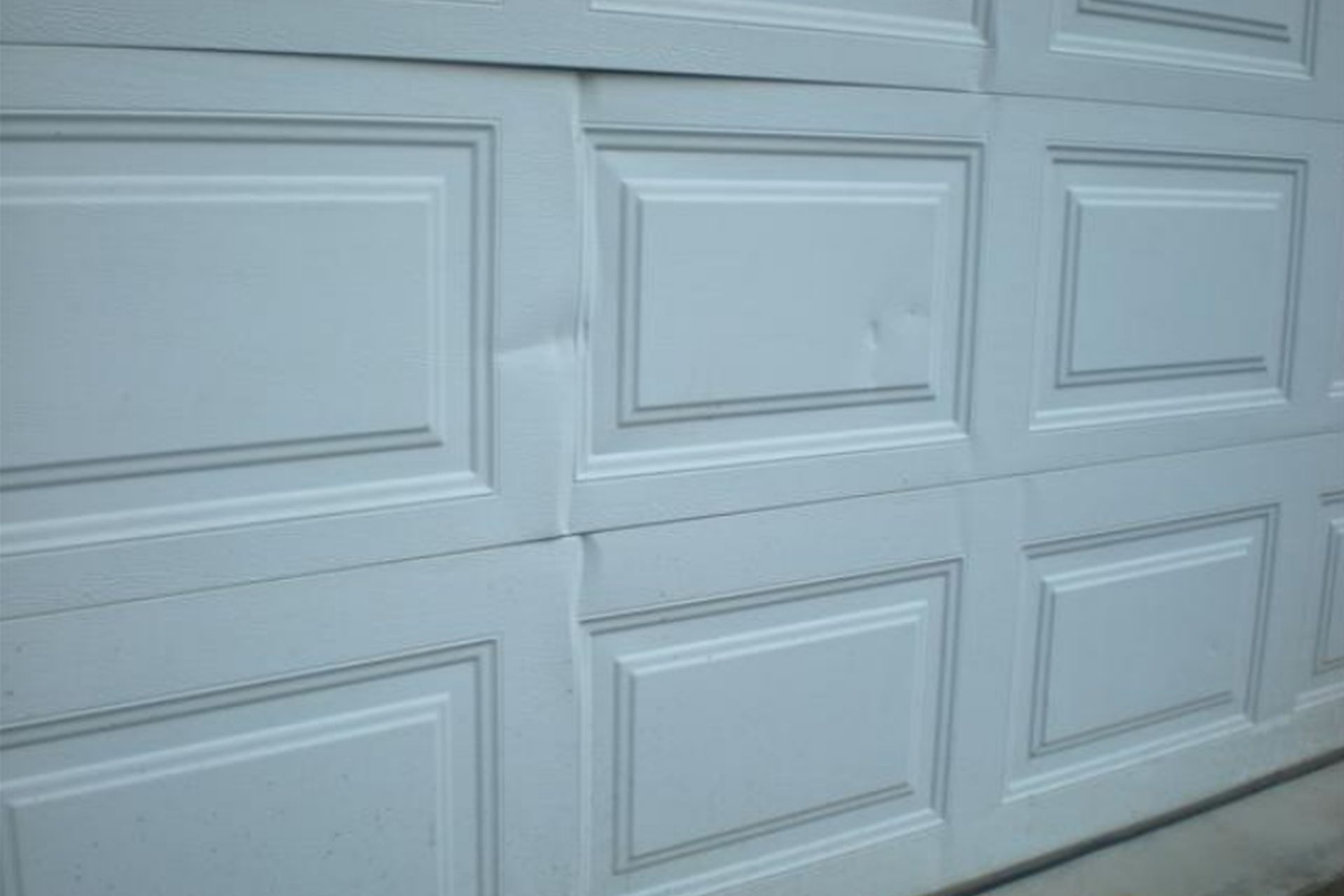Transform Your Garage: The Ultimate Guide to Insulating Garage Doors for Efficiency
A garage is more than just a place to park your car. It's a space for storage, a workshop, or even an extended living area. However, with proper insulation, your garage can become more comfortable in the winter and sweltering hot in the summer. Insulating your garage door can make a significant difference in maintaining a comfortable temperature and reducing energy costs. This comprehensive guide will walk you through insulating your garage door for maximum efficiency.
Introduction to Garage Door Insulation: Understanding the Benefits
Garage door insulation is a valuable home improvement project that involves adding a layer of insulating material to the interior of your garage door. This layer acts as a thermal barrier, reducing heat transfer between the inside and outside of your garage.
Insulating your garage door comes with numerous benefits, including:
- Improved energy efficiency
- Enhanced comfort within the garage
- Noise reduction
- Protection of items stored in the garage
- Increased property value
Why Insulate Your Garage Door?: Energy Efficiency and Comfort
Temperature Regulation
One primary reason to insulate your garage door is to regulate the temperature inside. An uninsulated garage can get extremely cold during the winter and uncomfortably hot during the summer. By insulating your garage door, you create a thermal barrier that keeps cold air out in the winter and hot air in the summer, maintaining a more stable and comfortable temperature year-round.
Noise Reduction
Insulation can also help reduce the noise entering your garage from the outside. If your garage is adjacent to a busy street or you use it as a workspace, insulating your garage door can significantly reduce noise levels, providing a quieter environment.
Protection of Stored Items
Many homeowners use their garages for storage. However, extreme temperatures can damage items stored in the garage, such as paint, electronics, and seasonal decorations. Insulating your garage door can help protect your belongings from temperature fluctuations.
Types of Garage Door Insulation: Exploring Your Options
When it comes to garage door insulation, you have several options to choose from. The type of insulation you choose will depend on factors such as your budget, the climate in your area, and the design of your garage door. Common types of garage door insulation include:
Batt Insulation
This type of insulation is made from flexible fibers, usually fiberglass. It often includes a foil or paper facing that acts as a vapor barrier.
Reflective Foil Insulation
Reflective foil insulation, also known as radiant barrier insulation, consists of a layer of reflective foil backed by a layer of insulation. This insulation reflects heat, making it ideal for garages in hot climates.
Foam Board Insulation
Foam board insulation is made from rigid foam panels. It provides a high level of insulation for a relatively thin layer, making it a good choice for garage doors where space is at a premium.
Assessing Your Garage Door: Determining Compatibility and Needs
Before insulating your garage door, you need to assess your current setup. This includes examining the material and construction of your garage door and determining whether it already has any insulation.
Consider the following:
- Material and Construction: Garage doors are often made from steel, aluminum, or wood. Each material has different insulating properties and may require a different type of insulation.
- Size and Style: Garage doors come in various sizes and styles, each of which can affect the insulation process. For example, a single-layer steel door requires a different insulation approach than a wooden carriage-style one.
- Existing Insulation: Some garage doors come with built-in insulation. If your garage door is already insulated, you may only need to add additional insulation to increase its efficiency.
Hiring Professional Services
Hiring a professional to insulate your garage door can ensure the job is done correctly and efficiently. Professionals have the experience and tools necessary to handle any challenges that may arise during the installation process.
Step-by-Step Insulation Guide: How to Insulate Your Garage Door
If you decide to insulate your garage door yourself, here's a step-by-step guide to help you through the process:
Preparing the Door Surface
The first step in insulating your garage door is preparing the door surface. This involves cleaning the door to remove dirt or debris that could interfere with the adhesive.
Installing Insulation Material
Next, measure the garage door panels and cut your insulation material to fit. Apply adhesive to the door panels and press the insulation onto the adhesive. Make sure the insulation is secure and covers the entire panel.
Securing Insulation Panels
Finally, secure the insulation panels to the door using the fasteners included in your insulation kit. Make sure the panels are secure and flush with the door surface.
Common Mistakes to Avoid: Tips for a Successful Insulation Project
When insulating your garage door, there are a few common mistakes to avoid to ensure a successful project. These include:
- Using the wrong type of insulation: Different garage doors require different types of insulation. Make sure you choose the right insulation for your door material and design..
- Neglecting to seal gaps: Even with insulation, gaps around your garage door can let in cold air and allow heat to escape. Make sure to seal any gaps with weatherstripping or caulk.
- Overlooking safety measures: When working with insulation, it's important to wear protective clothing and use the proper tools to prevent injury.
Additional Tips for Garage Efficiency: Enhancing Insulation Benefits
In addition to insulating your garage door, there are other steps you can take to improve your garage's energy efficiency. These include:
- Installing energy-efficient lighting: Replace old bulbs with energy-efficient LED lights to reduce energy usage.
- Providing proper ventilation: Proper ventilation can prevent mold growth and improve air quality in your garage.
- Sealing windows and doors: Inspect the seals around your garage windows and doors and replace them if they're worn or damaged.
Cost Considerations: Budgeting for Garage Door Insulation
The cost of insulating your garage door can vary depending on the type of insulation you choose and whether you do it yourself or hire a professional. Here are some things to consider when budgeting for your project:
Material Costs
The insulation material cost can vary widely depending on the type of insulation you choose.
Labor Expenses
If you hire a professional to insulate your garage door, the cost will include labor expenses. The cost of professional insulation can vary depending on the complexity of the job and the rates of the professional you hire.
Long-Term Savings
While insulating your garage door may require an upfront investment, it can also result in long-term savings. You can reduce your heating and cooling costs by improving your garage's energy efficiency.
Success Stories: Real-Life Examples of Transformed Garages
Many homeowners have successfully transformed their garages through insulation. These success stories can provide inspiration and practical tips for your garage insulation project.
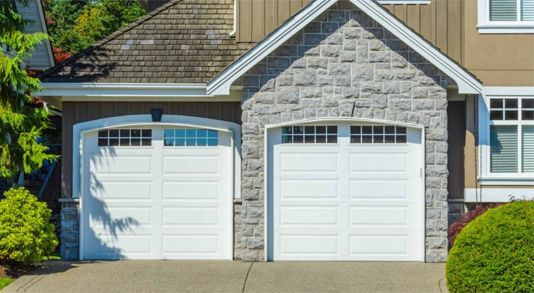
Maximizing Efficiency with Insulated Garage Doors by Dually Doors
Insulating your garage door is a practical and cost-effective way to improve your garage's comfort and energy efficiency. Whether you choose to do it yourself or hire a professional, the steps outlined in this guide can help you successfully insulate your garage door.
If you need professional help with your garage door insulation project, Dually Doors is here to help. Our team of experienced professionals can provide expert advice and high-quality insulation services to help you achieve a more energy-efficient and comfortable garage.
Contact Dually Doors today to schedule a consultation for your garage door insulation project. Let us help you transform your garage into a comfortable and energy-efficient space you can enjoy all year round.





